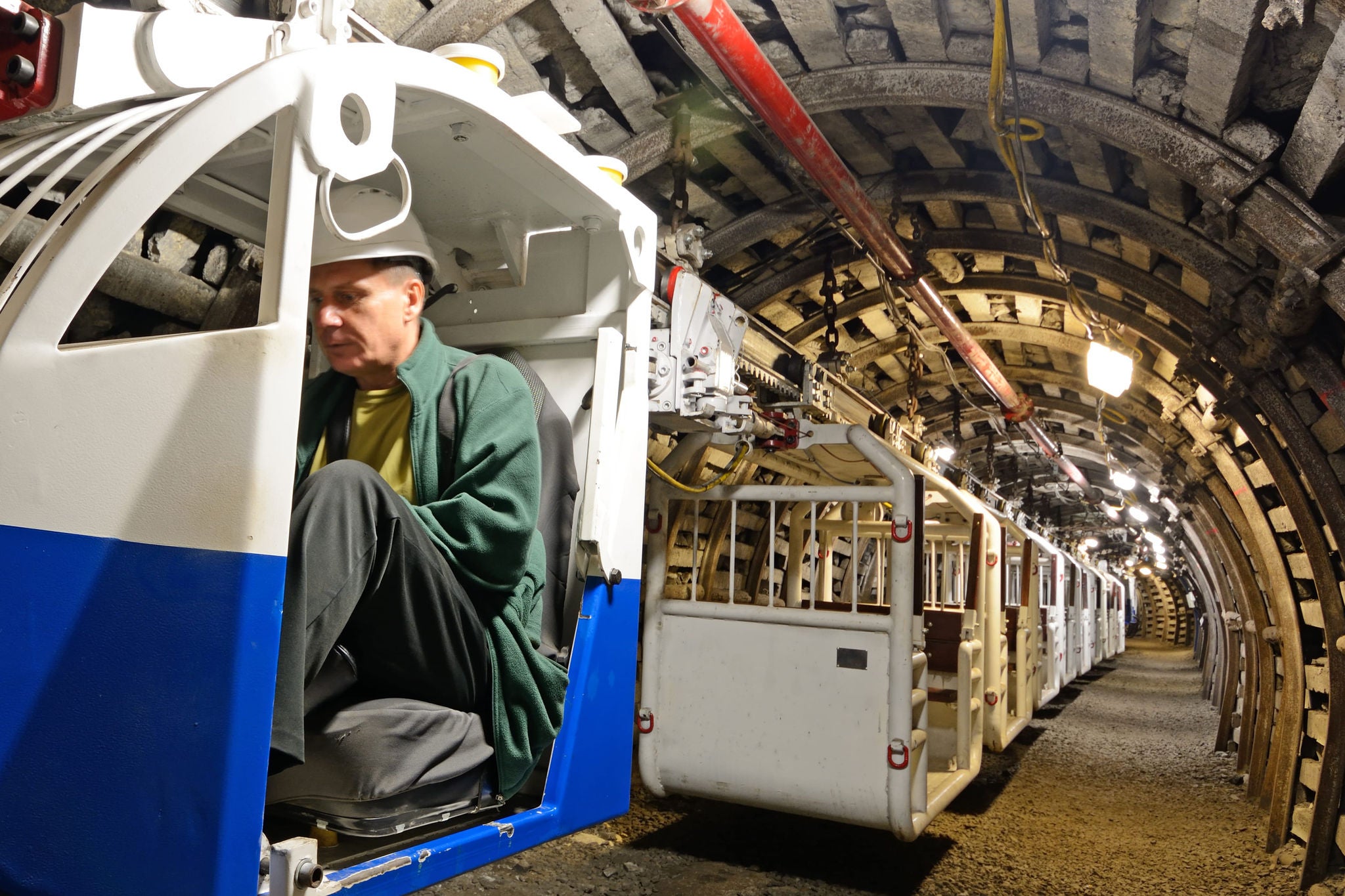EY refers to the global organization, and may refer to one or more, of the member firms of Ernst & Young Global Limited, each of which is a separate legal entity. Ernst & Young Global Limited, a UK company limited by guarantee, does not provide services to clients.

How do you prepare for tomorrow’s mine today?
To improve productivity over the long term, miners need to take a mine-to-market approach and embrace digital. Our strategies can help.
To truly achieve a sustainable productivity improvement, we believe that an integrated end-to-end business transformation is required, and that can be accomplished only through a mine-to-market approach.
We couldn’t understand why miners were not focusing more on this area, so we interviewed global mining executives. Listening to the sector helped us understand the specific steps miners can take to significantly reduce the integration gap.
During the super cycle, productivity fell to its lowest rate in more than 30 years, with the sector focusing on production at any cost because of an unprecedented boom in commodity prices. Productivity has been the number one operational risk for mining companies for the past three years.
Many of the mining executives we interviewed observed a decline in productivity levels as their operations expanded. This was primarily due to the challenge of managing complexity, compounded by the talent challenge, and lack of appropriate skills development.
Integration gap may contribute to 20% productivity loss
While mines were scaled up to maximize production, mine managers were not provided with the tools to manage this increased complexity. The scale of these larger mines and the related complexity resulted in an increased pressure on the functional departments to manage these burgeoning workforces.
A silo mentality has crept into the management of mining companies. We refer to the gap between the creation of silos and the desire to eliminate them as “the integration gap.”
The integration gap in the mining sector can create productivity loss of 10% to 20%. So why has the sector not placed much emphasis on it?
Data indicates that asset productivity has barely changed over this time, and this appears to be the hardest area for the mining sector to increase productivity. So we looked at how the leading industries, such as manufacturing, have gone about solving this issue.
Miners need to adopt a manufacturing mindset
Having a manufacturing mindset can lead to significant productivity and value creation, which in turn helps close the integration gap. However, mining is not a factory, as there is far more variability than a factory environment.
Factors such as weather, ore body knowledge, work conditions and quality of people all impact variability. We don’t have a silver bullet to remove variability. But it is possible to reduce it to a more manageable level and improve long-term productivity.
Two ways to close the gap
We believe you can increase productivity and variability management by taking two key steps.
1. Adopting an integrated end-to-end process model approach to the business
Process models enable you to be more agile, and with this, the management of variability becomes simpler. A process model is an enabler that can be implemented either independently or with technology.
2. Embracing and implementing a digital transformation
Effective implementation of technology is slow in the sector, and the industry is poorly rated for digital intensity. However, digital can be a key enabler of productivity by enabling more effective loss elimination and execution of operational strategies and plans.
A focused leadership and cultural change are required to achieve success in either of these and to ensure that any implemented solutions are sustainable.
This can be achieved through the process model approach. This is an element of an operating model informing the business on who is performing the processes, how to measure the performance of each process, what the potential risks are and how they can be mitigated and controlled.
It is also adopting a focus on end-to-end excellence. Process models are end-to-end, independent of organizational boundaries and cut across different organizational functions to deliver the desired outcome.
The benefits
Process models are very effective in improving current business operations and establishing a common language across the business, and they are often used as a foundation for improvement initiatives.
By integrating our processes, we immediately have greater communication and visibility across the line, which leads to improved and more timely decision-making, and ultimately to improved productivity.
Where to from here?
Whether the objective is a rapid uplift in productivity, or long-term sustainable change, the principles remain the same. Companies need to embed sustainable loss elimination practices through employee engagement and an integrated end-to-end approach for long-term sustainable improvement in productivity.
Effective implementation of technology is slow in the sector, and the industry is poorly rated for digital intensity. However, digital can be a key enabler of productivity by enabling more effective loss elimination and execution of operational strategies and plans.
Summary
With integrated processes, miners can improve communication and visibility across the line, which can lead to improved productivity.



